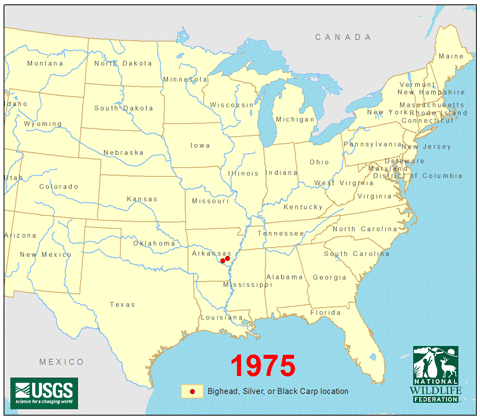Nothing to Carp About
Gefilte fish is, probably, an acquired taste. For those unfamiliar with the food, it is basically meatloaf, only cold and made of fish, and typically served in fist-sized blobs instead of slices. It’s commonly served as an appetizer on Passover, the Jewish springtime harvest festival, and typically with horseradish. It is typically not a matter for the U.S. Department of State, though, which makes the email below (larger version here) an odd one.

That email was sent by then-Secretary of State Hillary Clinton, one of about 7,000 disclosed in August of 2015. Originally written on March 5, 2010, the email was sent to her deputy chief of staff, Jake Sullivan, and her department’s liaison to Congress, Richard Verma. The subject is simply “Gefilte fish” and the body “Where are we on this?,” without any further context. The email was widely mocked, but Secretary Clinton wasn’t asking about what was on the evening’s dinner menu. She was dealing with an actual international crisis.
The problem started in the 1970s when catfish farms in Arkansas needed to combat algae growth. Many farmers brought in Asian carp, a species of fish that are “voracious feeders” per the National Wildlife Federation (NWF) and “consume up to 20% of their body weight per day in plankton and can grow to over 100 pounds.” They’re a good fit if you want something to vacuum up algae — but a big problem if they escape into navigable waterways. And that is exactly what happened. Here’s a time-lapse map, again via the NWF, showing the spread of the Asian carp over the decades.

The carp are an invasive species in the North American ecology — they reproduce quickly, have no natural predators there, and eat the food that other species of fish rely on. When it comes to the carp, U.S. agricultural policy is focused on keeping them out of the Great Lakes, as to preserve the ecology there. (It’s no small task; one relatively recent proposal calls for permanent barriers between Lake Michigan and carp-infested waterways. That solution would cost $18 billion and take 25 years to implement.) But in 2010, the U.S. Department of State had a more pressing problem.
As the Los Angeles Times reported early that year, there’s no reason why Asian carp can’t be farmed and served to humans; one fishery manager called it a “tasty, fleshy fish” whose reputation as a bad meal isn’t deserved. It’s common in Vietnamese dishes and is also one of the fish commonly used to make — you guessed it — gefilte fish. (Here’s a recipe for gefilte fish if you’re interested.) Being a traditional Jewish food, and one most often eaten during the spring holiday of Passover, there was a natural landing spot for Asian carp — Israel. In February or early March of 2010, a Chicago fishery sent 400,000 pounds of carp there, with the expectation that Israeli companies would turn it into the traditional Passover fish loaf. But instead, Israel decided to levy a significant levy on the imported carp which, as NPR reported, surprised everyone involved in the transaction. As a result, the carp was in import/export limbo.
Given both the environmental and economic impact of homeless carp, Secretary of State Clinton got involved. According to a subsequent story by the Atlantic, she and Israeli Defense Minister Ehud Barak came to an agreement, allowing the 400,000 tons of gefilte fish-to-be into the country.
Bonus Fact: One species of Asian carp, the silver carp, can leap out of the water, reaching heights of 2.5 to 3 meters, according to Wikipedia. As the fish can grow to be 100 pounds (45 kg), they pose a serious threat to those trying to catch them — having a 100-pound thing fly at you is a recipe for disaster. On the plus side, the fish’s jumping ability and high population density lends itself to an interesting sport: bow fishing. As seen in this overproduced YouTube video, people use bows and arrows to shoot fish out of the sky, for sport.
From the Archives: Turkey and Chickens: How a tariff on chickens led to Turkey to intentionally break cars.
Take the Quiz: Identify the fictional character by his or her fictional email address. (If you like that quiz, here’s an earlier one.)
Related: Gefilte fish. You know you want to give it a try!
